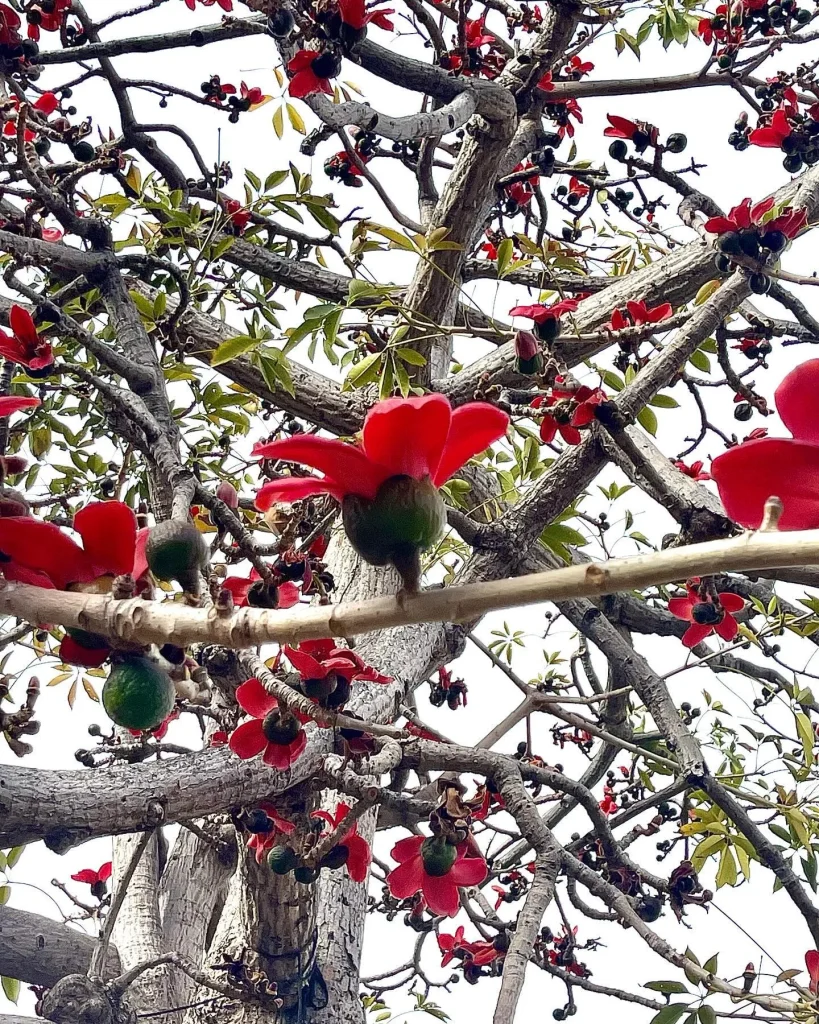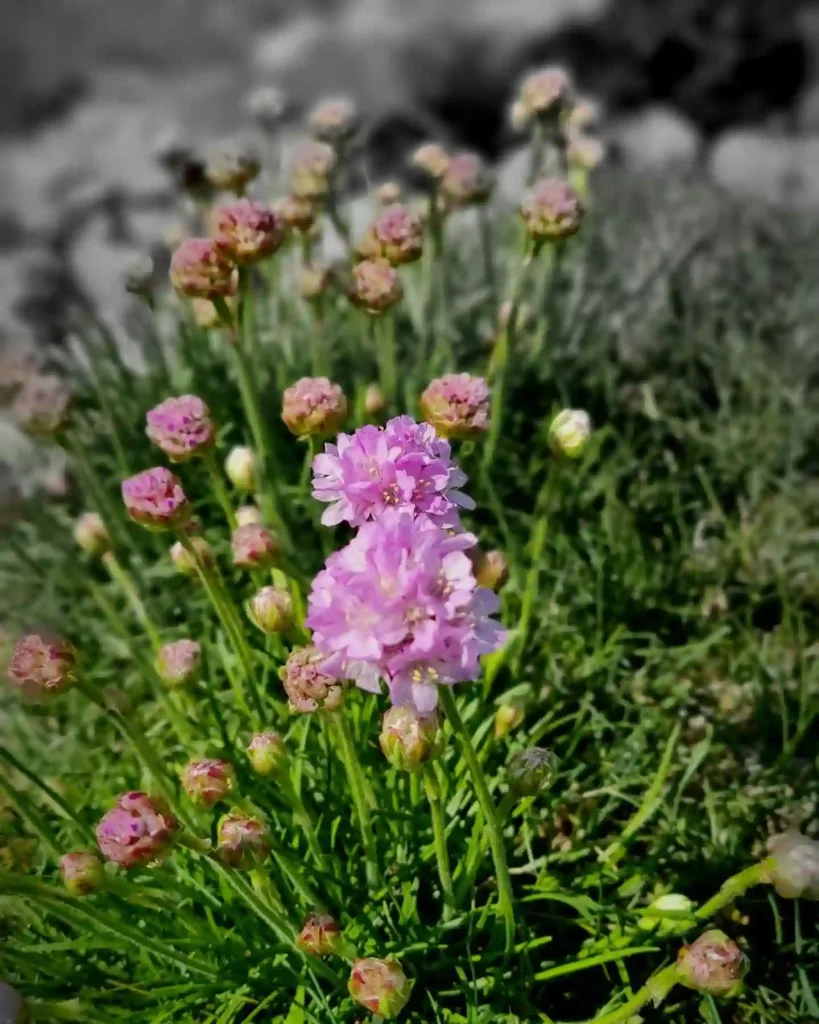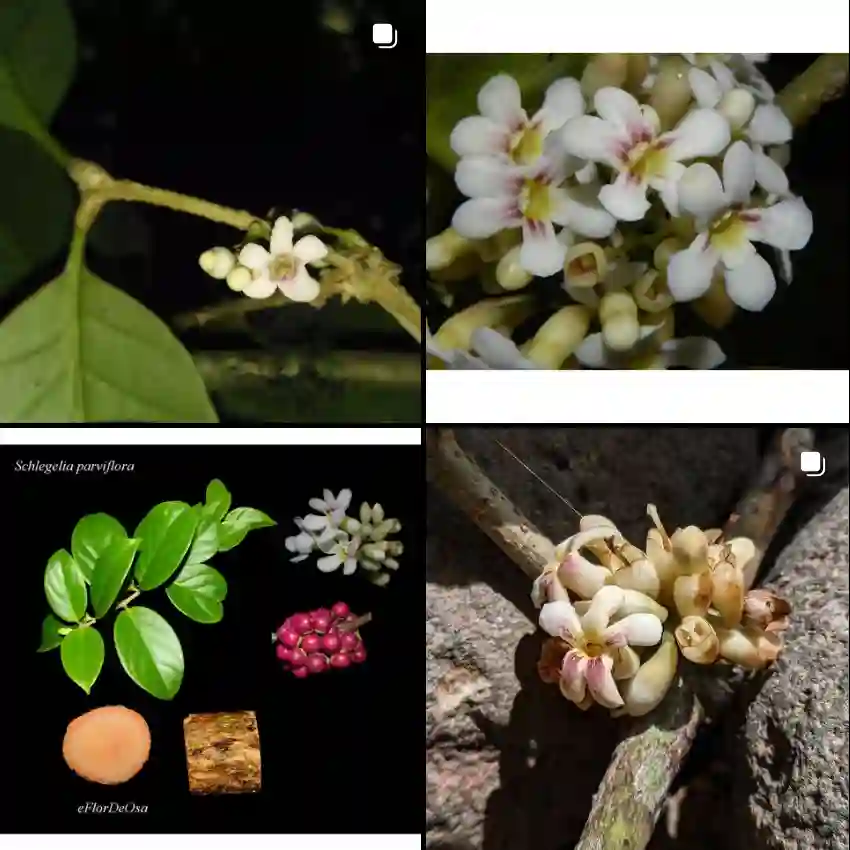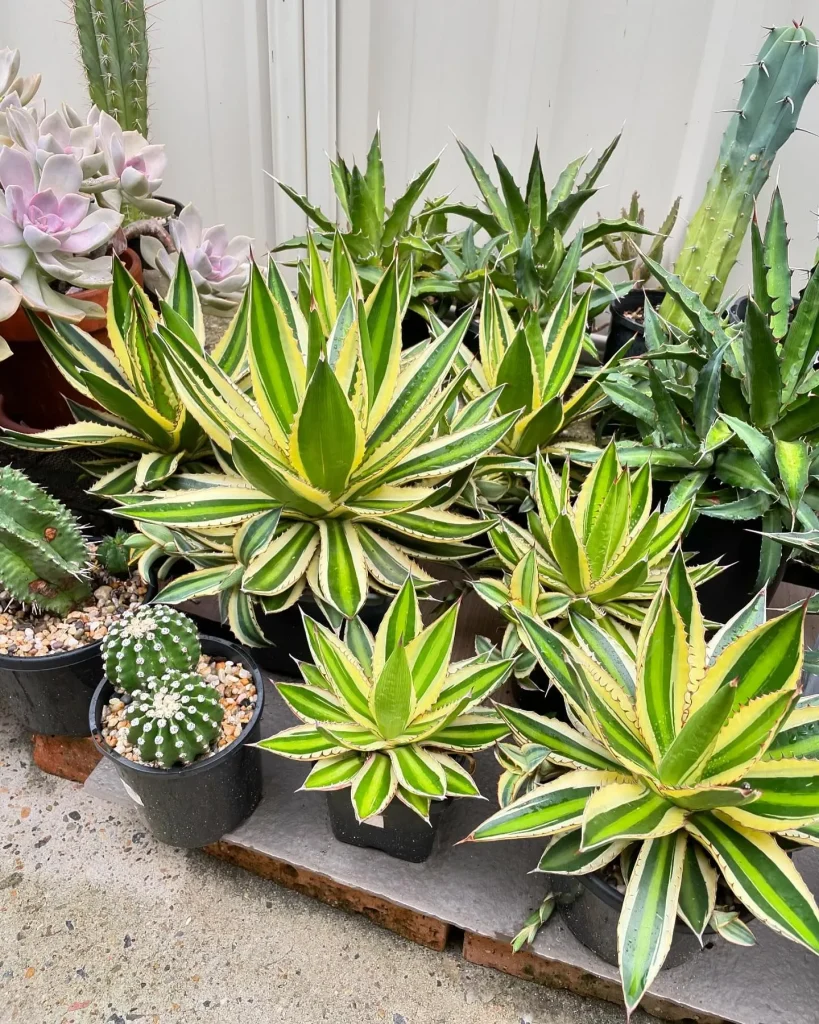Bletilla: An Orchid for All Seasons
My name is Ferb Vu, and I’ve always been drawn to the quiet elegance of orchids. There’s something about their delicate beauty and resilience that speaks to me. Among the many genera of Orchidaceae family I admire, Bletilla holds a special place in my heart. These terrestrial orchids, often called “urn orchids” or “hyacinth orchids,” are native to East Asia and Southeast Asia, gracing the lands from Japan and China down to Vietnam, Thailand, and Myanmar. They are hardy, adaptable, and possess a unique charm that sets them apart.
A Diverse Family
The Bletilla genus boasts a modest yet diverse range of species. While the exact number can vary depending on taxonomic interpretations, there are around 5 recognized species. Here are:
- Bletilla chartacea: This delicate orchid species is native to China and Taiwan, admired for its pale pink to white blooms that resemble paper, giving it the name “chartacea.” The flowers bloom in spring and early summer, often marked by a bright, contrasting yellow throat that draws in pollinators. Bletilla chartacea is a hardy plant and can tolerate cool temperatures, making it a resilient choice for temperate gardens. With its fan-shaped leaves and gentle coloration, it adds an elegant, understated beauty to shaded garden beds or containers.
- Bletilla formosana: Known as the Taiwanese ground orchid, Bletilla formosana features rich purple flowers with deeper purple veins, creating a striking display. This species is popular for its slightly larger blooms and robust growth, capable of spreading well in suitable climates. Bletilla formosana thrives in partial shade and moist, well-drained soil. It’s often chosen for naturalizing areas in temperate gardens, where it can develop dense clumps and put on a vivid show of color each spring.
- Bletilla guizhouensis: This lesser-known species is native to the Guizhou region in China and is notable for its resilience and adaptability. Bletilla guizhouensis has delicate light purple to lavender flowers and a slim, upright structure that contrasts nicely with the wider-leafed varieties. Known for its tolerance to cooler climates, it does well in regions with mild to moderate winters. This species brings a subtle elegance to gardens and is often appreciated for its minimalist floral display and graceful foliage.
- Bletilla ochracea: Bletilla ochracea, also known as the yellow ground orchid, is distinguished by its rare, soft yellow blooms, which are unique among the typically purple-flowered Bletilla species. Native to China, this orchid prefers well-drained soil and partial shade and blooms in mid to late spring. The flowers are fragrant and often have a faint hint of apricot or orange tones, which add warmth and color variety to gardens. Bletilla ochracea is a sought-after species among collectors for its unusual coloring and fragrant flowers.
- Bletilla striata: One of the most popular species, Bletilla striata, or the Chinese ground orchid, is beloved for its vibrant magenta to pink blooms and robust nature. Its flowers appear in clusters atop tall stems in spring, creating a colorful display that stands out in garden borders and beds. Bletilla striata is known for its ease of care, cold tolerance, and adaptability to a wide range of soil types, making it a favorite in both beginner and experienced gardens. The species naturalizes easily and adds a lovely, tropical flair to temperate landscapes. Plant FAQs: Bletilla Striata
More Than Just a Pretty Face
While Bletilla orchids are undoubtedly beautiful, they offer more than just aesthetic appeal. In traditional Chinese medicine, the tubers of Bletilla striata have been used for centuries. Known as “Bai Ji,” these tubers possess medicinal properties and are believed to help stop bleeding, promote wound healing, and alleviate various skin conditions. Modern research is even exploring their potential in treating gastric ulcers and promoting tissue regeneration.
A Gardener’s Delight
One of the things I appreciate most about Bletilla orchids is their relative ease of cultivation. Unlike some of their more demanding epiphytic cousins, these terrestrial orchids can thrive in a variety of conditions. They prefer well-drained soil, partial shade, and regular watering, especially during the growing season. Their hardiness makes them suitable for gardens in temperate climates, and they can even tolerate some frost.
A Source of Inspiration
For me, Bletilla orchids represent a harmonious blend of beauty, resilience, and cultural significance. They remind me that nature provides not only aesthetic pleasure but also valuable resources for our well-being. Whether admired in a garden, a vase, or a traditional medicine shop, these orchids offer a glimpse into the interconnectedness of nature and human experience.
I encourage everyone to explore the world of Bletilla orchids. Their beauty, resilience, and versatility make them a true gift from nature.
If i die, water my plants!



